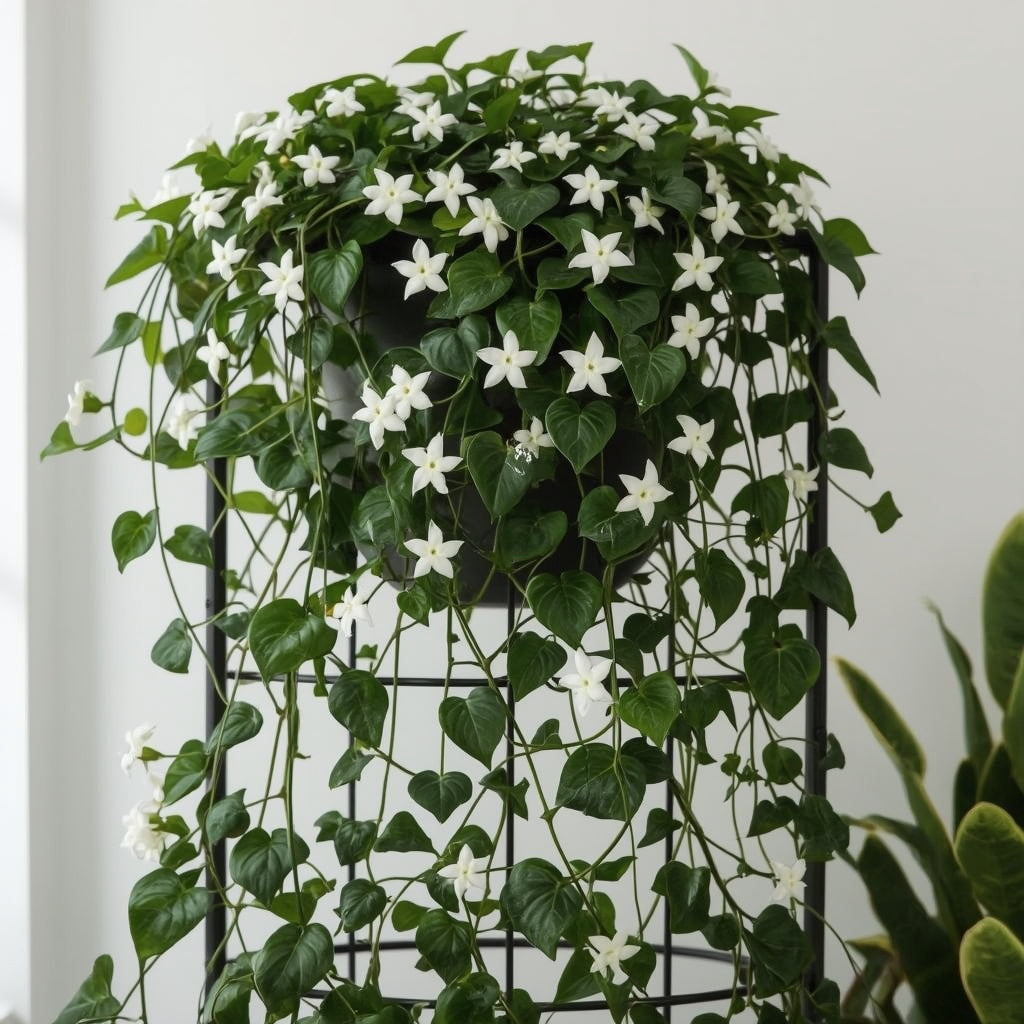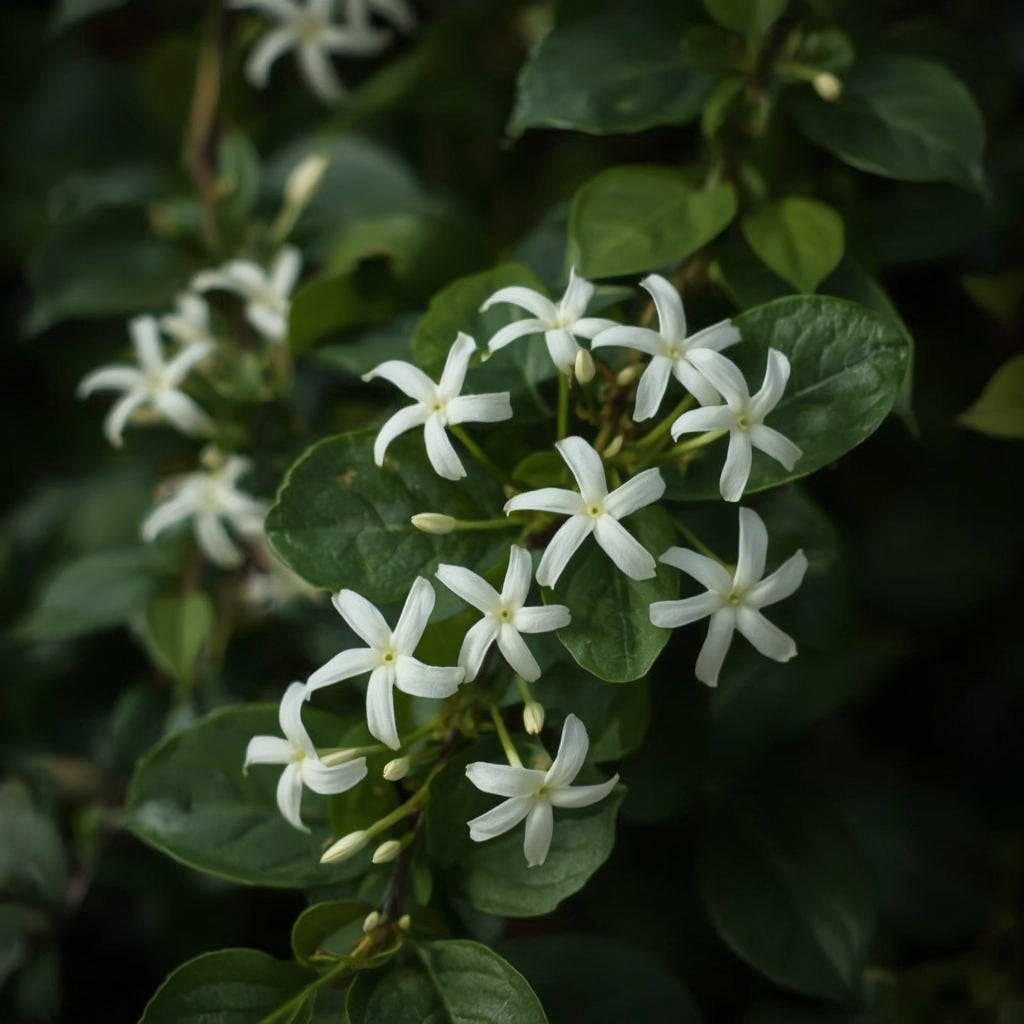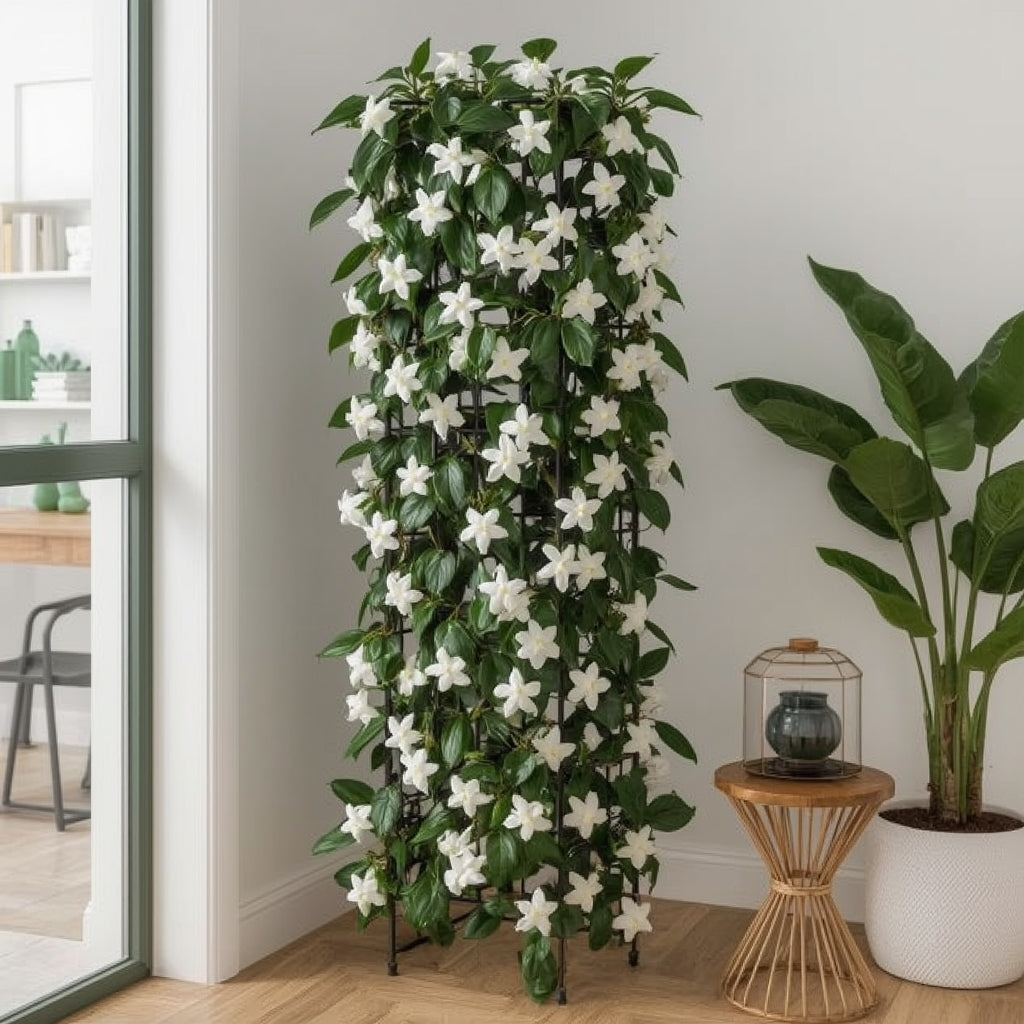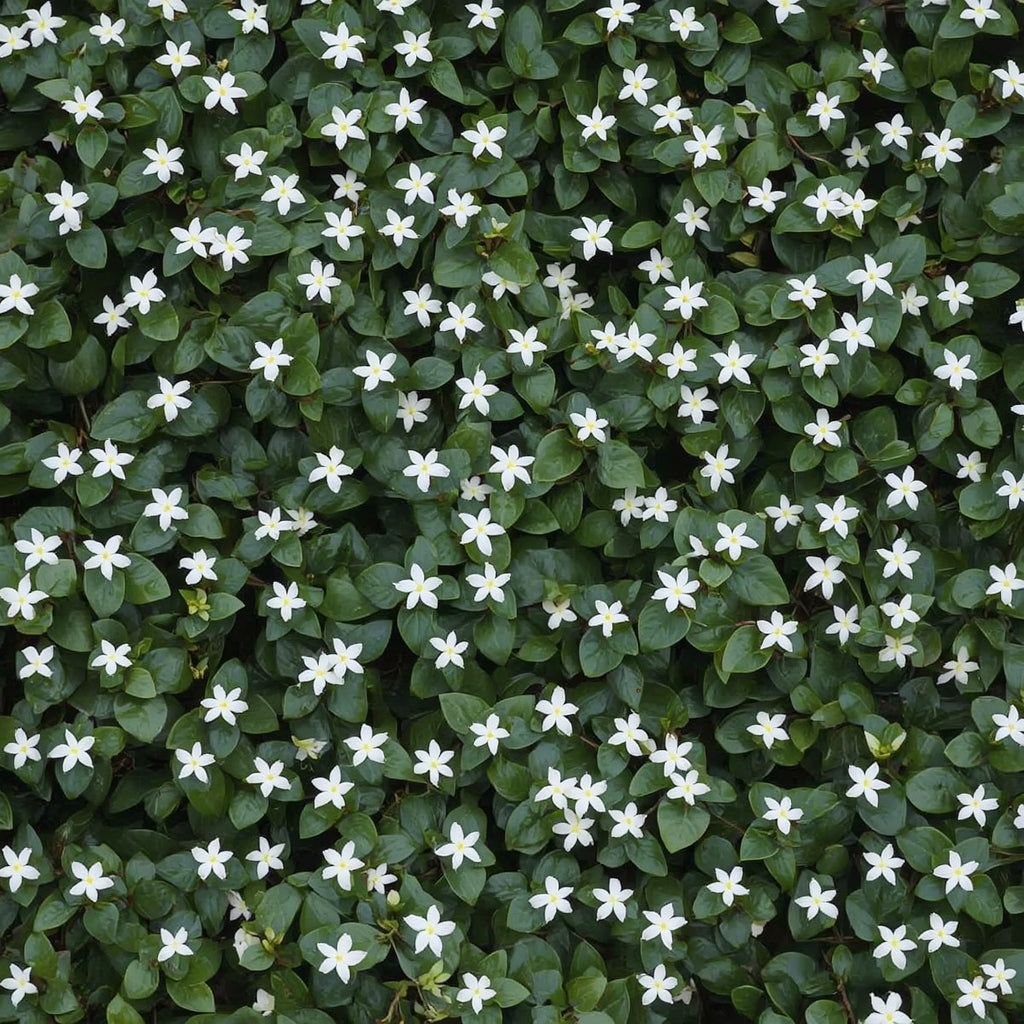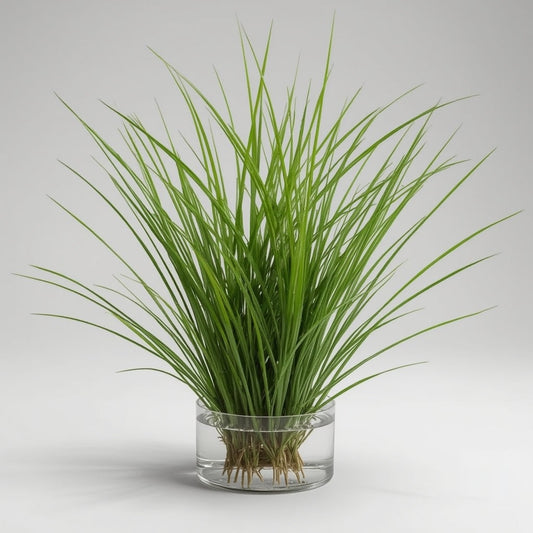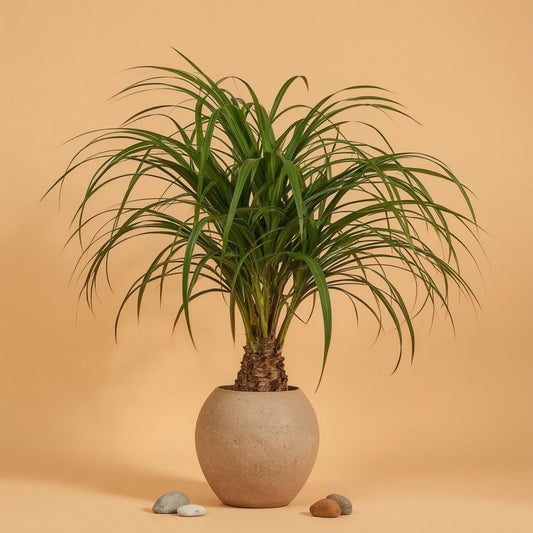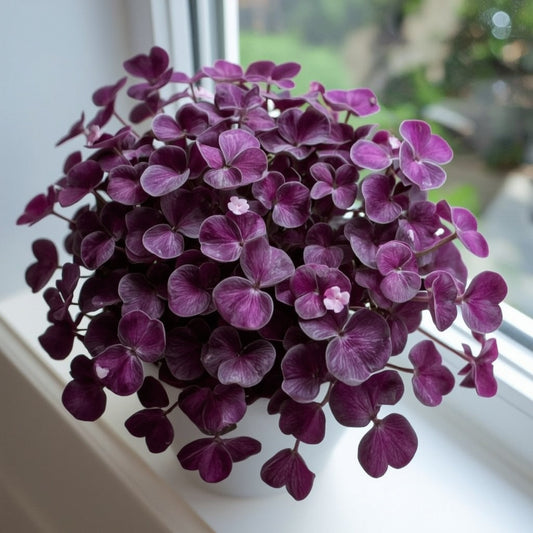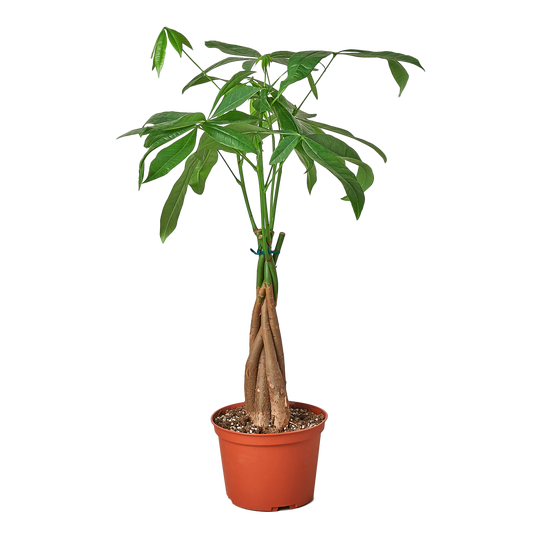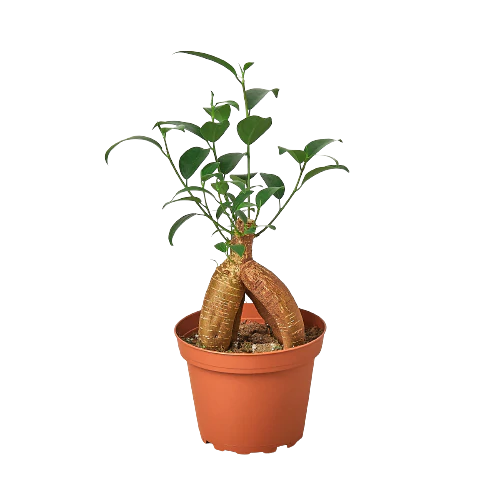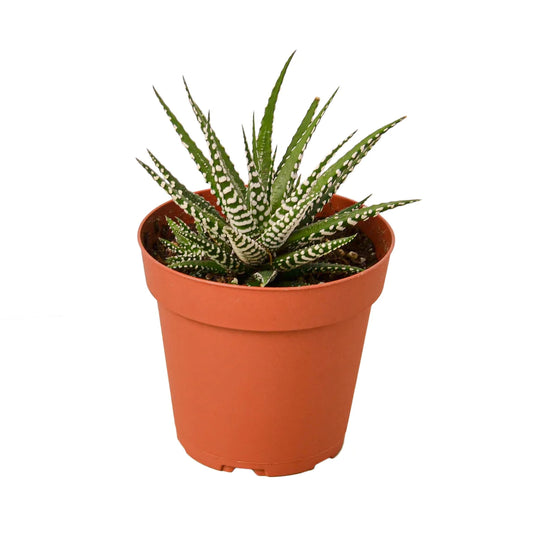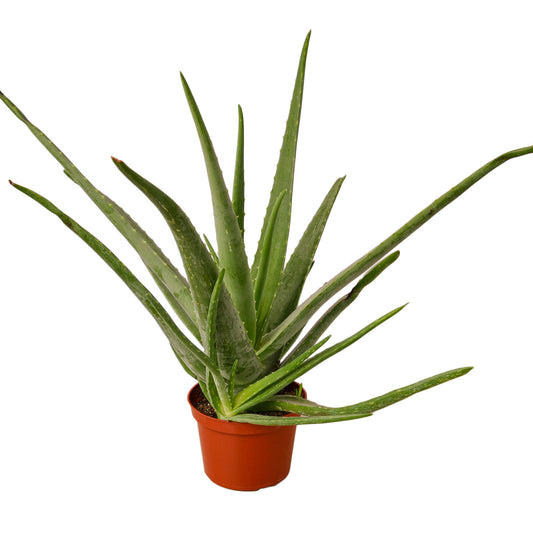Jasmine: Fragrant White Flowering Vine
Plant Care Summary
Light
Bright, indirect light with some direct morning sun for blooming.
Water
Keep soil consistently moist during growing season; reduce in winter.
Humidity
High humidity (50-60%) preferred; use humidifier or pebble tray.
Temperature
65–75°F (18–24°C), cooler winter rest period encourages blooming.
Fun Facts
Evening perfume
Fragrance is strongest at night to attract nocturnal pollinators.
Ancient luxury
Jasmine oil has been used in perfumes for over 1,000 years.
Symbol of love
In many cultures, jasmine represents purity, love, and spiritual connection.
Tea tradition
Jasmine flowers are used to scent traditional Chinese jasmine tea.
Sad Plant Signs
No blooms
Usually needs more bright light or a cooler winter rest period.
Yellow leaves
Often caused by overwatering or poor drainage.
Dropping buds
Can result from sudden temperature changes or inconsistent watering.
Weak growth
May need more humidity, light, or regular fertilizing during growing season.

